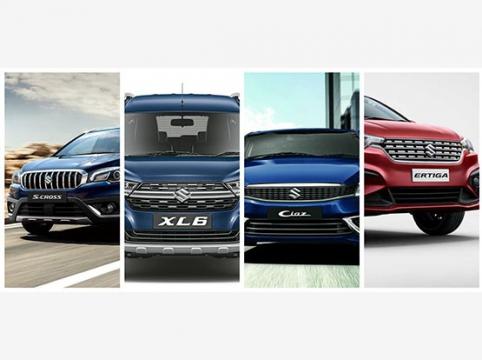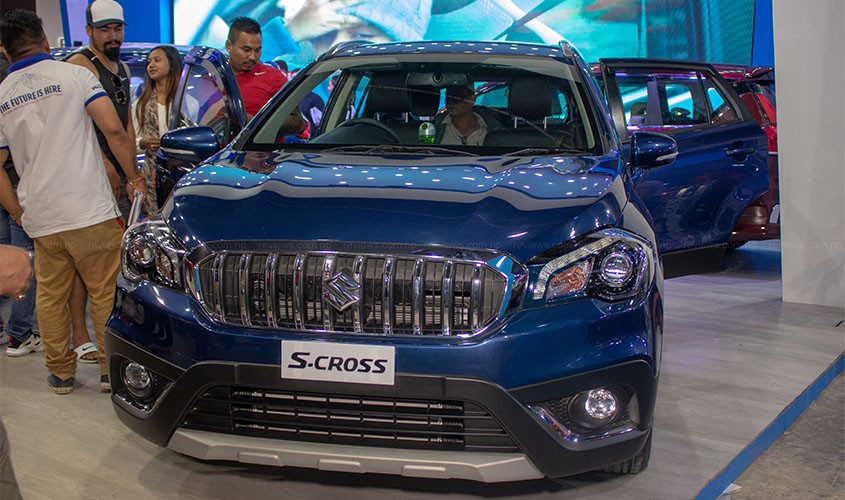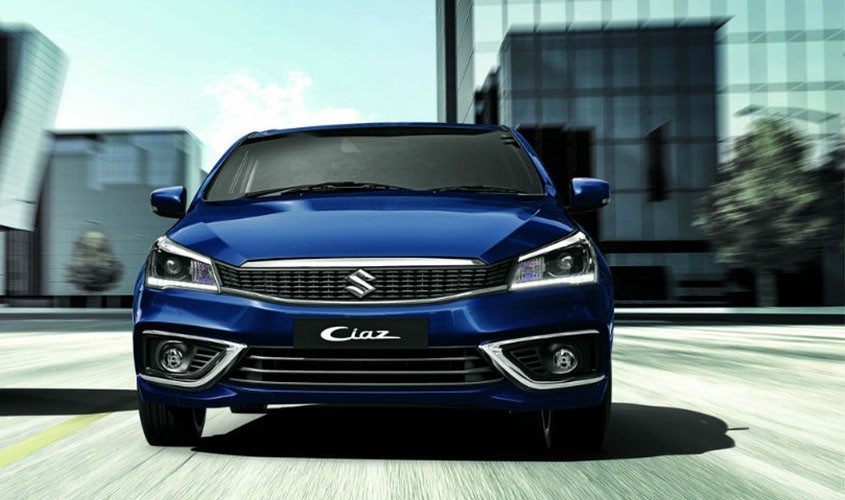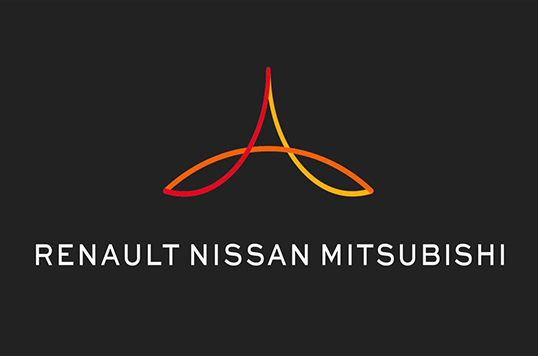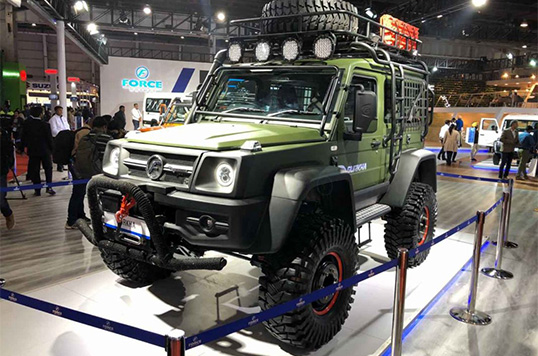
What are Hybrid Electric cars and how do they work?
"Here's all info about the hybrid cars."
The word Hybrid in the context of the automobile refers to the vehicle that is powered by both an electric motor and an internal combustion engine and a hybrid battery. The two systems work directly with each other to drive the wheels. Hybrid cars can switch between the petrol engine and electric motor, or combine both power sources depending on the driving scenario. Better fuel economy is the primary motivation behind hybridization.
Certain driving conditions favor the use of only the electric motor (depending on the state of charge of battery) such as driving below a specific speed or sitting at idle, the engine remains off and thus burns zero gasoline. When the battery level gets to a certain depletion level or if heavy control loads are required, the gasoline motor automatically kicks in to assist both in recharging the battery and pushing the drive wheels. When the engine isn’t needed, say if you’re idling at the lights, it shuts off altogether. This makes hybrids incredibly fuel-efficient as they tend to only use the engine for accelerating, climbing hills, or when extra power is required. In terms of performance, driving a hybrid is much like driving a regular car. Hybrids automatically charge their own hybrid battery so you don’t need to use an external charging point or worry about the distance you can drive.
How do they work?
Hybrid cars use a combination of an internal combustion engine (ICE) and a battery-electric drive motor. The engine and the motor can work separately or together to power the wheels. Here are 5 different driving scenarios so you can see how hybrid cars work:
- When pulling away from a stop: The electric motor gets the car moving initially, and draws on the hybrid battery for power.
- During normal cruising: Both the electric motor and petrol engine can run together or independently when cruising at higher speeds.
- During heavy acceleration: The petrol engine provides power during heavy acceleration and higher speeds.
- During braking and deceleration: When the brakes are applied or you ease pressure on the accelerator, power is stopped being fed to the wheels.
- When coming to a complete stop: Both the petrol engine and the electric motor turn off once the vehicle comes to a complete stop. Battery power is used to keep vehicle systems running, e.g. lights, radio, air conditioning, etc.
On the surface level, it might seem like all the hybrid cars are the same in mechanism but there are variations in the designs and layouts of certain hybrids. There are different types of hybrid vehicles out there, though we’re focusing mainly on common consumer and commercial vehicle applications.
Type of Hybrid Vehicles

Parallel Hybrid
In this most common design, the electric motor and gasoline engine are connected in a common transmission that blends the two power sources. That transmission can be an automatic, a manual, or a continuously variable transmission (CVT). One very popular hybrid transmission is a power-split CVT, which is used by the Toyota Prius and Chevrolet Volt. Transmission type and the size of the gasoline engine are the main factors that determine how a parallel hybrid will accelerate, sound, and feel. Brands that use the parallel design include Toyota, Lexus, Hyundai, Kia, Ford, Honda, Lincoln, Nissan, and Infiniti.
Series Hybrid
In this design, the electric motor provides all the thrust, and there is never a physical-mechanical connection between the engine and the wheels. The gasoline engine is just there to recharge the battery. This results in a driving experience that's more indicative of an electric car, with smoother, powerful acceleration. There's typically less vibration when the gasoline engine engages. However, that engagement doesn't always happen in concert with what your right foot is doing (remember, the battery is making the demands), so the engine might be revving up while the car is cruising at a steady speed. Some find this behavior disconcerting. The BMW i3 with the range extender is an example of a series hybrid.
Plug-In Hybrid
A plug-in hybrid enhances the conventional hybrid concept with a much larger battery pack that, like an electric car's, must be fully recharged using an external electricity source—from your home, office, or public charging station. This greater amount of energy storage is like a larger gas tank: It allows for extended all-electric driving (between 15 and 55 kilometers depending on the model) and can significantly reduce fuel consumption. In fact, if you have a short commute and recharge nightly, you'll be running on electricity most of the time. Should you deplete the all-electric range, the car basically reverts to being a conventional parallel hybrid. The Chrysler Pacifica plug-in hybrid is an example of the plug-in breed.
Mild Hybrid
All of the above are considered "full hybrids," which means that the electric motor is capable of moving the car by itself, even if it's for a short distance. In a "mild" hybrid, it cannot. The mild-hybrid, the term was coined to describe one of the industry’s latest innovations, the 48-volt electrical system. It’s an additional electric supply that supplements the already standard 12-volt electrical supply used on vehicles. Just as in a full hybrid, a mild hybrid's electric motor is there to assist the gasoline engine to improve fuel economy, increase performance, or both. It also serves as the starter for the automatic start-stop system, which shuts down the engine when the car comes to rest in order to save fuel.
In the end, we can say it’s an exciting time to buy a hybrid car. As more cities invest in charging stations, there are more opportunities than ever before to rely on electricity and save money on gas. It’s important to assess how you will drive the vehicle before choosing a hybrid car. Figuring out an average mileage and typical trip distance can help you determine what kind of hybrid system makes the most sense for you. You should also research charging options and ask yourself how often you will be able to recharge your hybrid vehicle. Hybrid cars are well suited for stop-start city driving and reducing CO2 emissions since they generally run on electric power at low speeds.
Also Read:
TOP 5 TRENDING AUTOMOTIVE ELECTRONICS TECH
TOP 5 ONLINE/OFFLINE CAR ACCESSORIES SHOP IN NEPAL
THE BEST OFF ROAD BIKES IN NEPAL
TOP 5 CARS IN NEPAL UNDER 30 LAKHS
WHAT HAPPENS IF YOU PUT DIESEL IN YOUR PETROL CAR
TOP 5 SUVS IN NEPAL IN 2020 | UPDATED PRICE
TIPS FOR FIRST TIME CAR BUYERS | NEW OR USED


